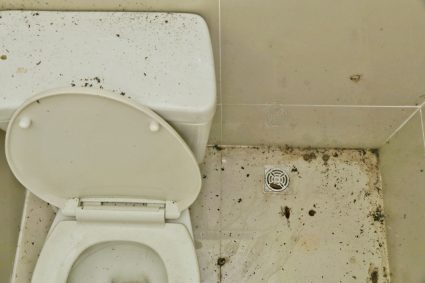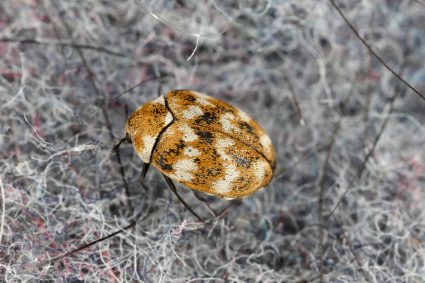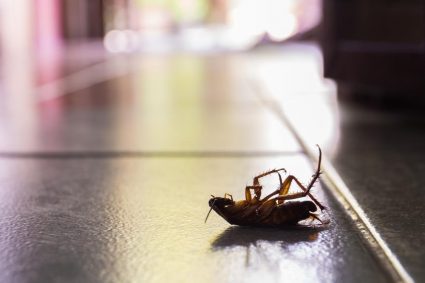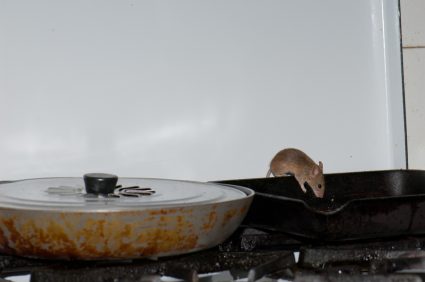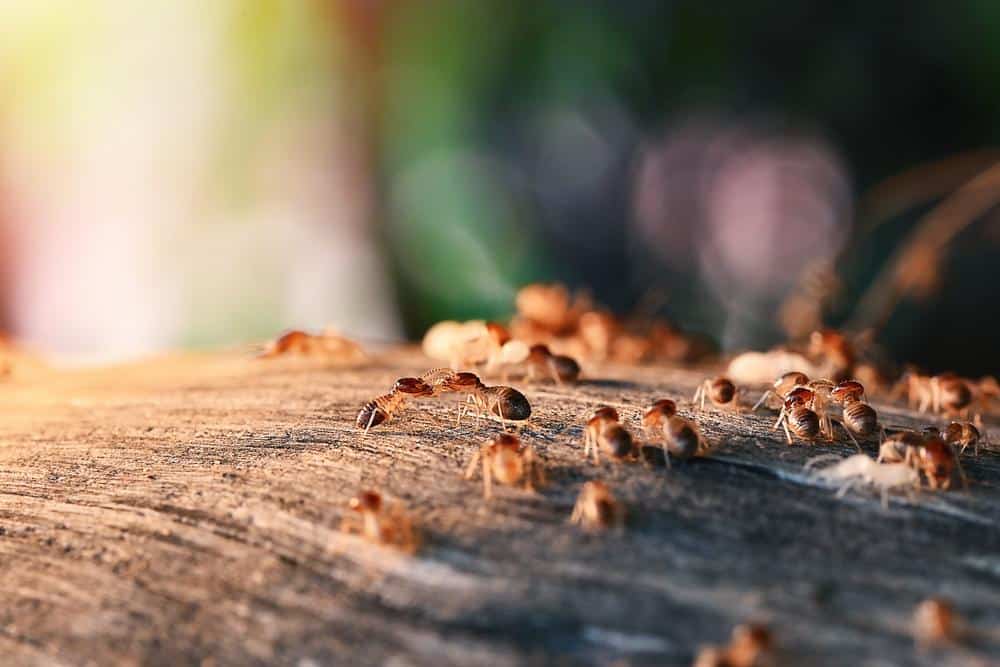
Termites, often referred to as the “silent destroyers,” can cause severe damage to your home before you even realize they’re there. While professional extermination is often the most effective way to get rid of termites, it’s not always the most economical. This comprehensive guide will walk you through various DIY methods and preventative measures to help you combat these destructive pests.
Getting rid of termites without an exterminator involves identifying the type of termite, then applying DIY treatments such as boric acid, orange oil, neem oil, diatomaceous earth, cardboard traps, vinegar solution, or beneficial nematodes. Eco-friendly products like the Sentricon System, Cedarcide, and Eco Defense Home Pest Control Spray can also be used. However, for severe infestations, professional help is recommended. Prevention methods include storing firewood away from the home, fixing leaks, using termite-resistant materials, and regular inspections.
Identifying a Termite Infestation
Before jumping into termite extermination methods, it’s crucial to ensure you’re dealing with termites and not another pest. The common signs of a termite infestation include:
- Stuck windows or doors due to warped wood.
- Bubbling paint or wallpaper.
- Swarmers or discarded wings near windowsills and doors.
- Mud tubes on your home’s foundation or walls.
- Hollow or blistering wood.
- Frass (termite droppings).
- Structural problems like sagging floors or roofs.
Types of Termites
The two most common types of termites in the United States are subterranean termites and drywood termites. Subterranean termites build their nests underground and construct mud tubes to access structures, while drywood termites infest dry wood and do not require contact with the soil. Identifying the type of termite can help in choosing the most effective treatment method.
DIY Termite Extermination Methods
1. Boric Acid Treatment
Boric acid can effectively kill termites by disrupting their digestive system and nervous system. Apply it around the termites’ location and any other areas you suspect they might be.
2. Orange Oil
D-limonene, found in orange oil, can effectively kill termites upon contact. Apply the oil directly to the termites and the affected area.
3. Neem Oil
Neem oil is another effective termite killer. Apply it to the affected area and wait for termites to consume the treated wood.
4. Diatomaceous Earth
Diatomaceous earth kills termites by penetrating their exoskeleton and dehydrating them. Sprinkle it around the affected area.
5. Cardboard Traps
Wet cardboard traps can attract termites due to the cellulose content. Place these traps near the affected area, and once termites gather on the trap, remove and burn it.
6. Vinegar Solution
Mix half a cup of white vinegar with the juice from two lemons and spray the mixture around the area where you suspect termites.
7. Beneficial Nematodes
Beneficial nematodes, microscopic worms, can be applied to termite nests as a biological control method.
Remember, DIY treatments are not guaranteed to get results, and they should not be considered your sole solution for termite control. If you have a severe infestation, consult a professional exterminator for a more effective and long-lasting solution.
Eco-Friendly Termite Control Products
If you’re looking for eco-friendly termite control products, consider options like the Sentricon System, Cedarcide products, and Eco Defense Home Pest Control Spray. For a more natural approach, consider using vinegar and lemon juice, diatomaceous earth, or aloe vera gel.
Preventing Future Infestations
To prevent future termite infestations, consider taking measures such as storing firewood away from your home, repairing leaking faucets and water pipes, using termite-resistant building materials, and scheduling annual termite inspections.
Conclusion
While professional extermination is often the most effective method for termite control, several DIY methods and preventative measures can help manage and prevent termite infestations. However, it’s essential to remember that DIY methods may not be as effective as professional treatments, especially for large infestations. If you suspect a termite infestation in your home, consult with a professional pest control company to ensure the most effective treatment and prevention methods are used.
Frequently Asked Questions
How long does it take for DIY termite treatments to work?
The effectiveness of DIY termite treatments can vary based on the severity of the infestation and the type of treatment used. Generally, you might start seeing results in a couple of days to a few weeks. However, it’s important to keep monitoring the area for signs of ongoing activity.
Can vinegar kill termites?
Yes, a mixture of vinegar and lemon juice can be used to kill termites. The acidic nature of the solution can kill termites on contact. However, this method is more effective for smaller infestations and may not be as effective for larger, more established colonies.
Are there any risks associated with using boric acid for termite treatment?
While boric acid is effective in killing termites, it should be used with caution. Boric acid can be harmful or fatal if swallowed or absorbed through the skin. Always use protective gear when applying boric acid and keep it out of reach of children and pets.
How often should I use DIY termite treatments?
The frequency of application depends on the severity of the infestation and the type of DIY treatment used. Some treatments may require daily application, while others may be applied weekly. Always follow the instructions provided with the treatment product.
Can I use these DIY methods for all types of termites?
These DIY methods can be used for both subterranean and drywood termites. However, the effectiveness may vary depending on the type and severity of the infestation. For severe infestations, professional extermination may be necessary.

